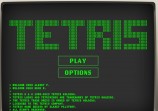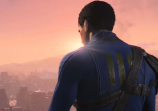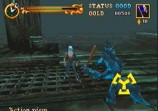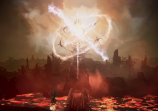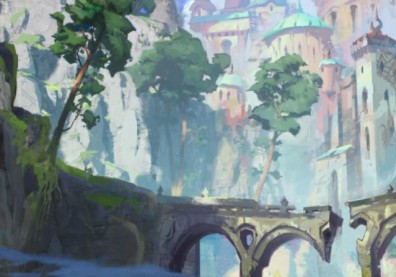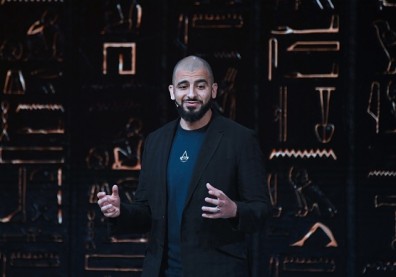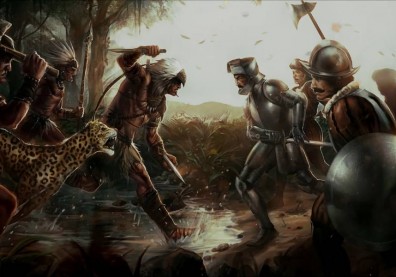As you may or may not be aware, Ubisoft announced two new Assassin's Creed projects, Unity and Comet. Details have been surprisingly scarce on either title, and we have only scant rumors to go on for Comet. Unity stands on more solid ground, as we at least know the game takes place in Paris around the time of the French Revolution.
This being Assassin's Creed, we've been turning through the pages of history to look at likely events, locations, and people that stand a good chance at being part of this game. We started out Part One with the storming of the Bastille, and rolled like Marie Antoinette's head right on through to Part Two with the the Great Fear, siezure of Tuileries Palace, and the abolishment of the French monarcy.
But funny thing about Marie Antoinette's head...
To play some quick catch up, it's now August of 1792. While French soldiers fought at against Prussia and Austria (soon to be joined by a number of other countries), revolutionaries had taken Marie Antoinette and Louis XVI captive, and imprisoned them in Marais Temple. Fitting for the Assassin's Creed series, as "the Temple" (as it was more simply called) had actually been built by the Knights Templars to be their European headquarters. Perhaps some poetic irony there, if not a bit of foreshadowing at what "side" the French revolutionaries will be on when it comes to the Assassins v. Templar war.
The month after the royal family's capture, September, would begin a year long period of violence known as the The Reign of Terror.
Thanks to this charming period, the guillotine became cemented as the symbol of the French Revolution. Interestingly, its inventor wasn't even named Guillotine, and the machine had only been used for the first time a few months prior. Today, beheading is considered far from humane, but in 18th century France, it was. Prior, there were primarily two methods of execution: decapitation via sword / axe, or hanging.
Nobility was beheaded by sword or axe, which was a messy affair that could take more than a few strikes. Still, it was considered quicker then what commoners had to go through - hanging.
The guillotine on the other hand was ruthlessly efficient. As it was the only method of execution at the time, it also eliminated the divide between commoners and nobility. In France, it remained in use in France until 1981 when the death penalty was abolished.
During the Terror, it was used in the execution of almost 32,000 (estimates put the death toll at somewhere between 16,000 and 40,000) "enemies of the revolution." Everyone from nobility and commoners to doctors and prostitutes, no one was completely safe.
Even nobles that supported the Revolution, like Phillippe II, were summarily executed on the orders of the Revolutionary Tribunal. The executions of more prominent members of French aristocracy and nobility took place the Place de la Concorde, which had been renamed as the Place de la Revolution. It was here that King Louis XVI, Marie Antoinette, Maximilien Robespierre, and the lives of more than a thousand others would come to an end.
The Reign would eventually come to a close due to a sort of mini revolt called The Thermidorian Reaction, which saw key figures in establishing the Tribunal arrested and executed due to popular thoughts they had gone too far with the Reign of Terror, as well as suspicions of conspiracy and being counter-revolutionaries.
With deaths numbering into the thousands, the public thought that perhaps all the executions were a bit...excessive.
By that time, there was essentially only one man left to attack representing the Reign - Maximilien Robespierre. On July 27, he and his supporters were denounced as tyrants, and eventually declared as outlaws, essentially a death sentence. Here's where things get interesting, especially for a possible mission. Robespierre and his supporters were holed up in the Hôtel de Ville, Paris's administration housing. Troops approached the Hotel in the early hours of July 28, sending Robespierre's supporters into a panic.
His brother Augustin jumped out of a window in an apparent suicide attempt, breaking his legs. Philippe-François-Joseph Le Bas succeeded in his own suicide attempt by pistol.
As for Robespierre, he sustained a broken jaw thanks to being shot in the face. No one's sure quite how it happened, whether as the result of a suicide attempt, or from being shot at by a troop. The following day, Robespierre and 21 of his associates were all executed, officially bringing the Terror to a close.
